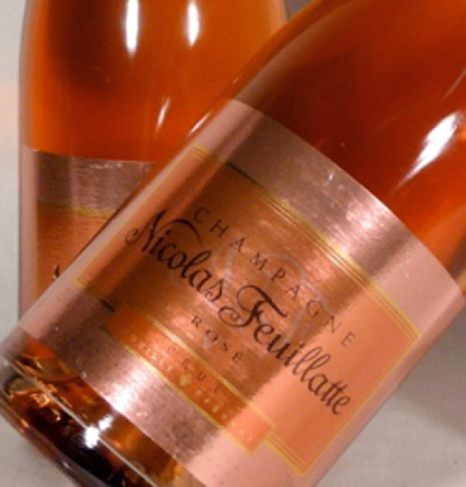Amazing Changes In The World Of Wine
I just finished teaching the introductory course for the Court of Master Sommeliers along with three fellow Masters, and I am amazed at how quickly the wine industry is growing and changing. The amount of information that is available to wine professionals is wonderful and awe-inspiring. But at the same time, it also can be quite daunting and overwhelming, especially for those individuals who want to become Master Sommeliers.
The group that taught the course and gave the examination included Patrick Okubo, who passed the Master’s Exam only last year; Ron Edwards and me, who both passed in 2005; and Chuck Furuya, who passed way back in 1989. Chuck, being the elder statesman, recounted how back when he started in the wine industry there were really only a few major styles of fine wine that were widely recognized. There was Riesling primarily from Germany, Cabernet Sauvignon, Chardonnay, Merlot and Pinot Noir from California and France. The classical wine-growing regions dominated the wine landscape. Bordeaux, Burgundy, Chablis, Sancerre and Pouilly Fuisse were the rage. The Italian wine section was limited to Barolo, Barbaresco and Chianti. No one ever heard of the Cult Cabernet, New Zealand Sauvignon Blanc, Sonoma Coast or Shiraz. Australia and New Zealand were barely a blip on the radar screen. Chile, Argentina and South Africa were almost nonexistent in the fine wine category.
Just a decade later when I came to the wine business, Italy’s number of DOCGs (Denominazione di Origine Controllata e Garantita) had gone from single digits up to 31 by the time I passed the Master’s exam. New World countries such as New Zealand, Chile, Argentina and Australia became important epicenters of wine production, and Master’s candidates had to know all of the burgeoning regions, varieties and wine laws that pertained to them. There were new American Viticultural Areas for students to memorize. Oregon and California especially had an explosion of introspection to identify unique areas of production in the 2000s. Another huge area of change and amalgamation was Europe as the European Union was being created. This required countries to standardize their laws to suit those of the EU in order to join.
One would expect this to be easy in creating one standardized wine law. Oh, but you have Italians dealing with the French, Spaniards and Portuguese, Germans and Austrians working or trying to work together. Did I mention the French?
You can imagine how proud these countries were and are of their wines and their own individual laws and hierarchies. For them to agree upon one system is in itself a huge task. Which is why it was finally instituted just about the time Patrick Okubo passed the Master’s exam.
Now there are nearly 80 DOCGs. Greece and Spain are totally en vogue and hot spots for any sommelier “in the know.” Literally every wine-growing country is creating more appellations. Even France has new and updated classifications. I know that our field of expertise is only an inch wide and a mile deep, but every year it gets even wider and deeper.
Recommendations: 2009 Thomas George Pinot Noir Campbell Ranch Vineyard ($36). This is a quintessential example of the sexiness that I absolutely love in Pinot Noir. Silk, fruit and flowers: a simply gorgeous wine! NV NicolasFeuillatte Brut Rose
($65). Shared a bottle with some friends and it disappeared too quickly. Lovely aromatics, rich and lush flavor, luxurious to the core.
Roberto Viernes is a master sommelier. Email rviernes@southernwine.co m or follow him on Twitter @Pinotpusher.






